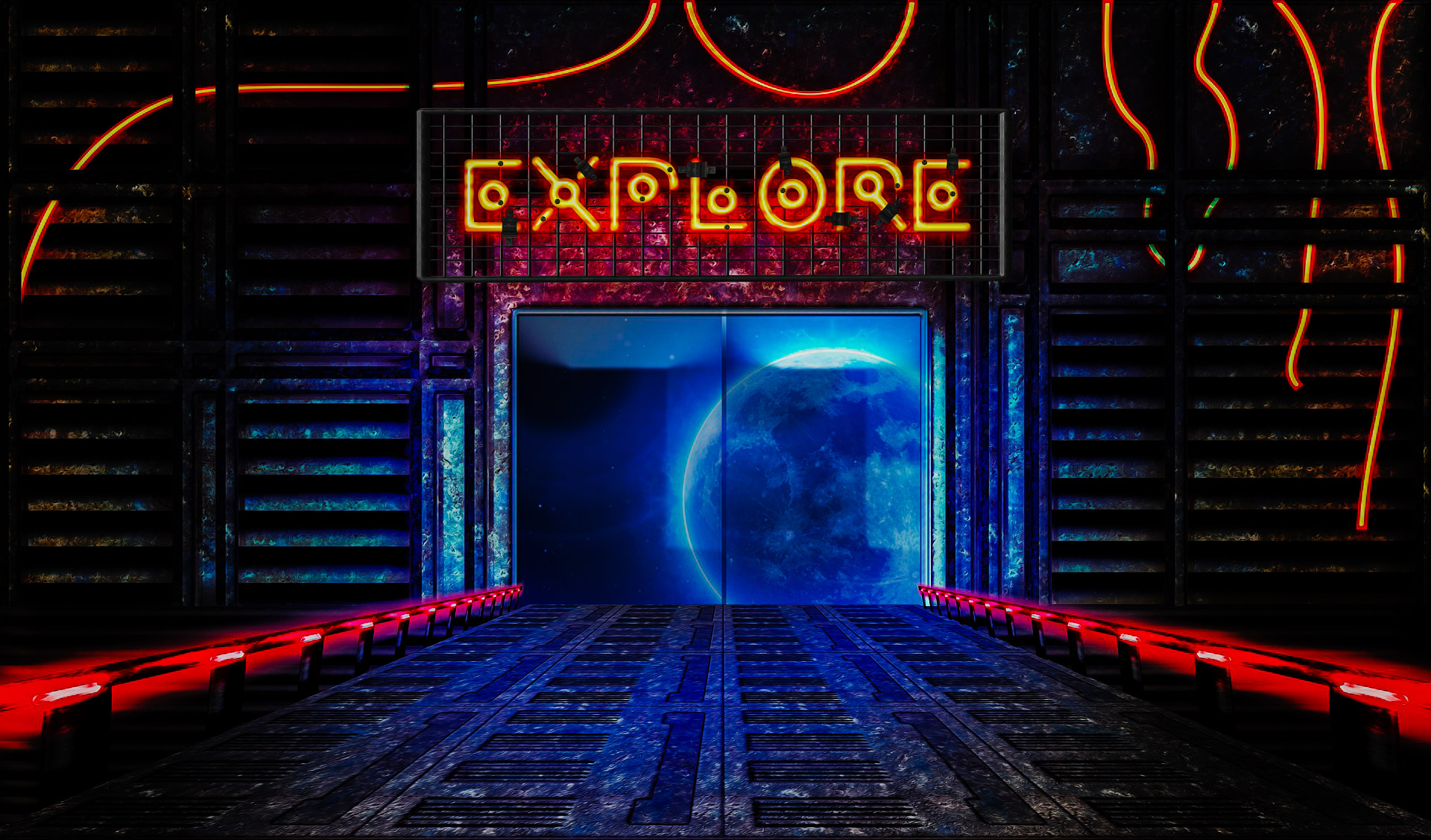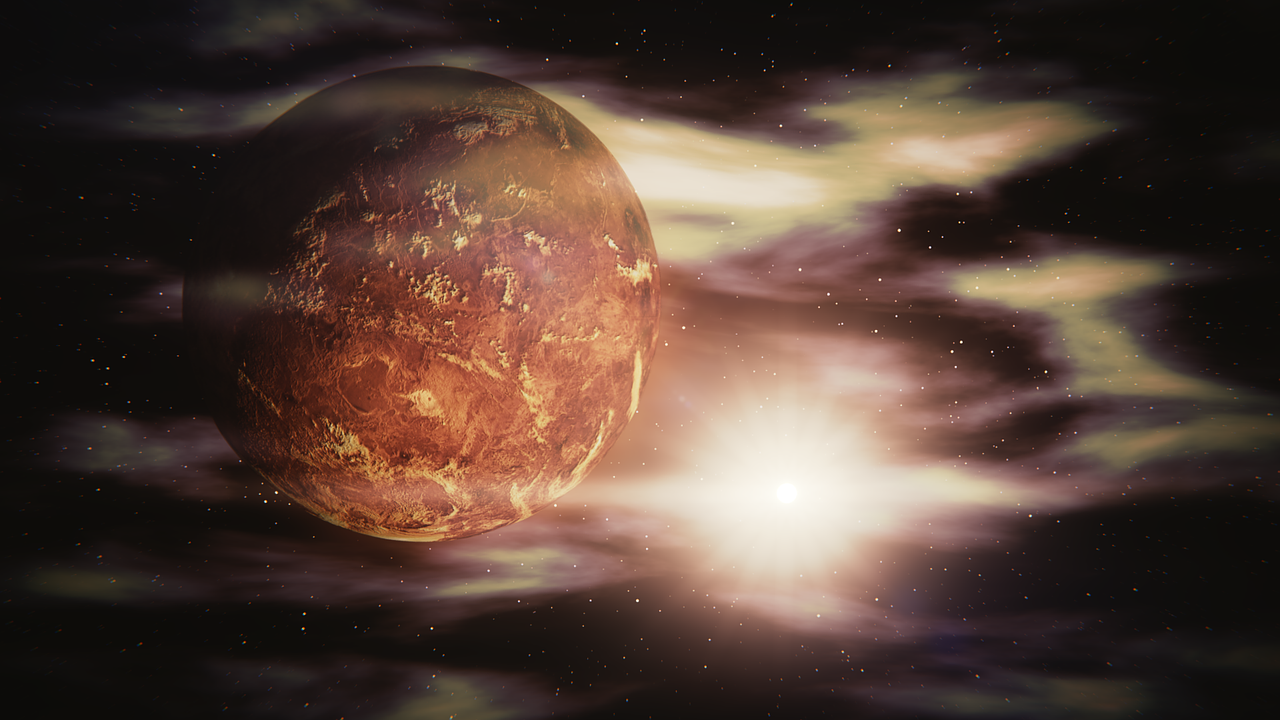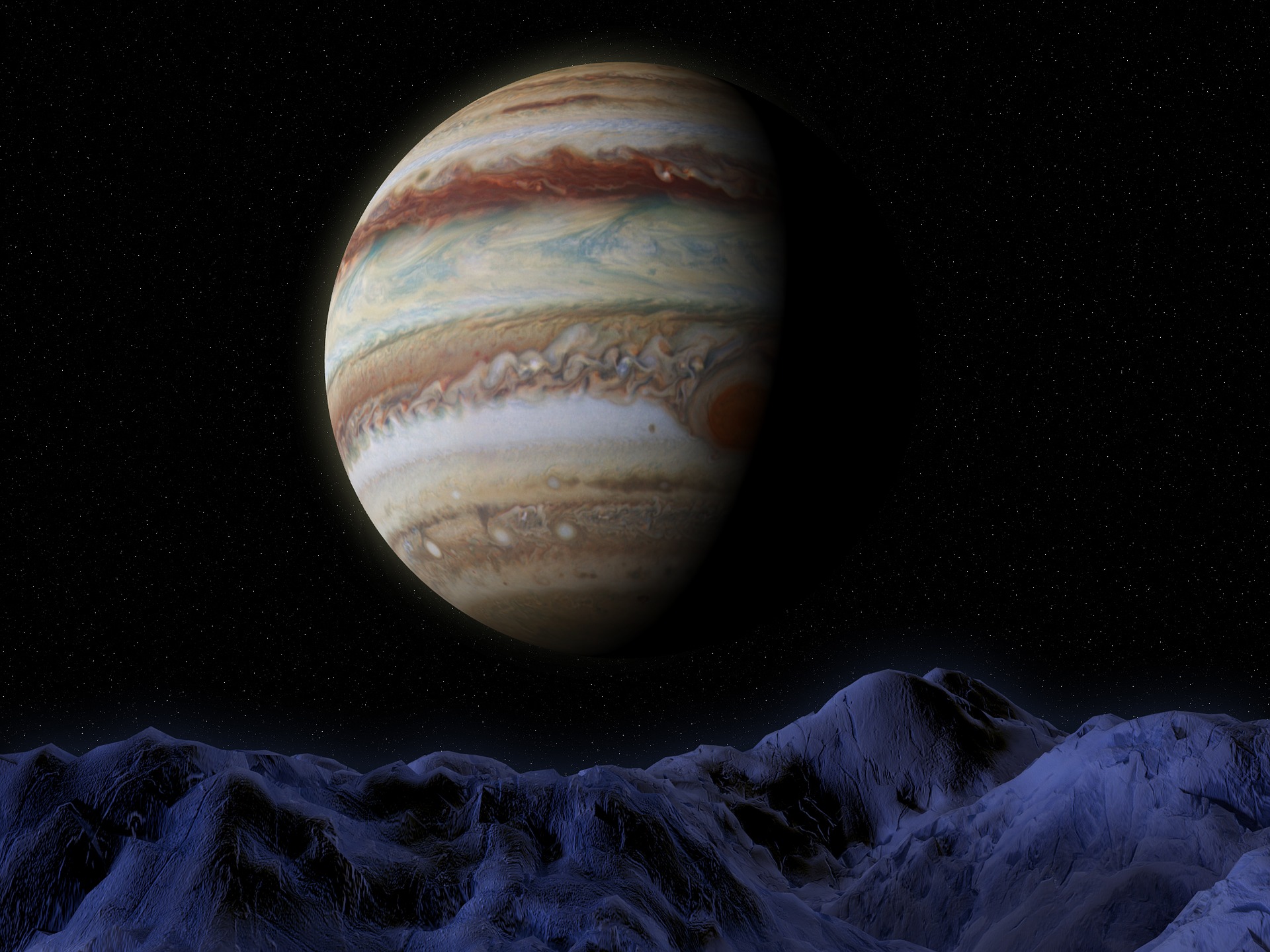Can We go for a Vacation on The Moon Anytime Soon?

The invention of newer technologies in the last few decades has narrowed down space among people residing at different corners of the earth. The innovations have enabled people to communicate in the most comfortable way in human history. It has also made it easier for sharing ideas and thoughts of multiple fields among people of common interests. Now, it cannot be otherwise to think that people dream of enjoying their vacation on the moon.
NASA has recently sent a mini-helicopter to Mars for a test flight. The achievement has placed a milestone on the way to the cosmic journey far and wide. Similarly, space agencies have started to provide paid services for space voyages. And it is not now otherwise to imagine visiting the Moon for a short holiday trip in the decades to come.
Scientists have already recognized more than 9 thousand craters on the Moon. And, they have also dated more than 16 hundred of them. Asteroids and meteorites impact had made the craters there. Moreover, the Moon, without air and water, is deadly gorgeous. In this context, the most interesting six places to visit there could be: Warkentin, Copernicus, Tycho, the South Pole-Aitken basin, the Alphonsus crater, and the place where Apollo 11 was landed 51 years back.
Furthermore, scientists say Wargentin is an unusual lunar impact crater filled to its rim by a basaltic lava flow. The flow has formed a raised plateau. The time when the lava flow occurred, it erupted from within the crater walls. Then it proceeded to accumulate until overrunning the lowest portion of the rim.
Again, the next exciting crater there is Copernicus. It is a lunar impact crater located in eastern Oceanus Procellarum. Scientists had named the crater after the renowned astronomer Nicolaus Copernicus. It was formed during the Copernican period. Typically, the crater has a prominent ray system.
Another beautiful place to visit there is the Tycho crater. It is a prominent lunar impact crater located in the southern lunar highlands. Scientists had named the crater after the Danish astronomer Tycho Brahe. Researchers have estimated Tycho to have become 108 million years old. Also, there are other craters located near Tycho. To the south of it, the Street crater is situated. Similarly, to the east is Pictet, and to the northeast is the Sasserides crater.
Another very big as well as wide crater is the South Pole–Aitken basin. The crater is an immense impact crater on the far side of the Moon. The crater is about 2,500 km in diameter and between 6 to 8 km in depth. it is one of the largest known impact craters in the Solar System. It is the largest, oldest, and deepest basin recognized on the Moon to date. However, one needs a chartered plane to take a tour from one side to the other as it is thousands of kilometers wide.
For tourists contemplating to choose the right place to visit on the moon, another suitable destination is Alphonsus. The large crater has become a favored location since the 1960s for NASA. At that time, NASA had considered it as an alternate site for one of the later Apollo landings. It is also the place where the unmanned Ranger 9 satellite impacted in 1965.
Similarly, we can not forget the historical place, where the American astronauts including Neil Armstrong had landed the Apollo Lunar Module Eagle on 20 July 1969. Armstrong’s footprints are still in the same condition as they were formed 51 years ago. They did not change with time as it happens on the earth because the Moon has no air to change it. If not interfered with, those footprints will remain as it is for millions of years in the future. The place is located approximately 400 meters west of the West crater and 20 km south-south-east of the crater Sabine D in the southeastern part of Mare Tranquilitatis.
Finally, even if one reaches the Moon intending to take several pictures and spending there at least a whole night, they need to keep in mind that the liquid water cannot persist on the lunar surface. When water is exposed to solar radiation, it quickly decomposes through a process known as photodissociation and is lost in space. Therefore, travelers needs to consider well about managing water there for survival before starting a journey to the Moon.


